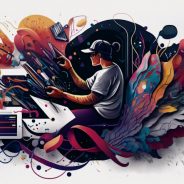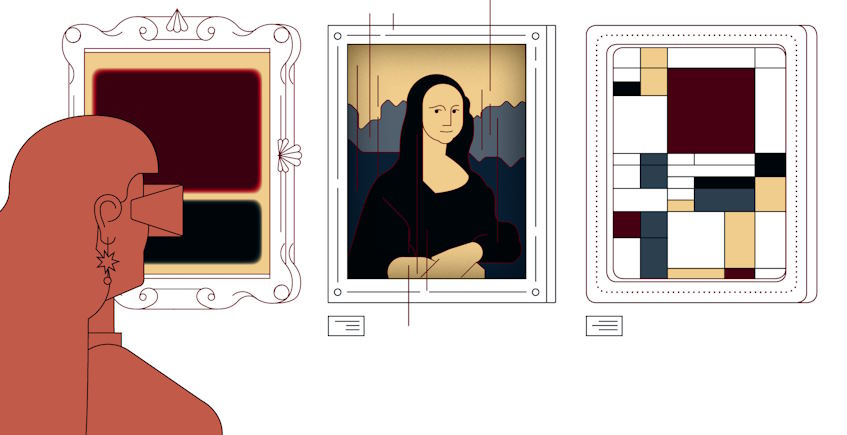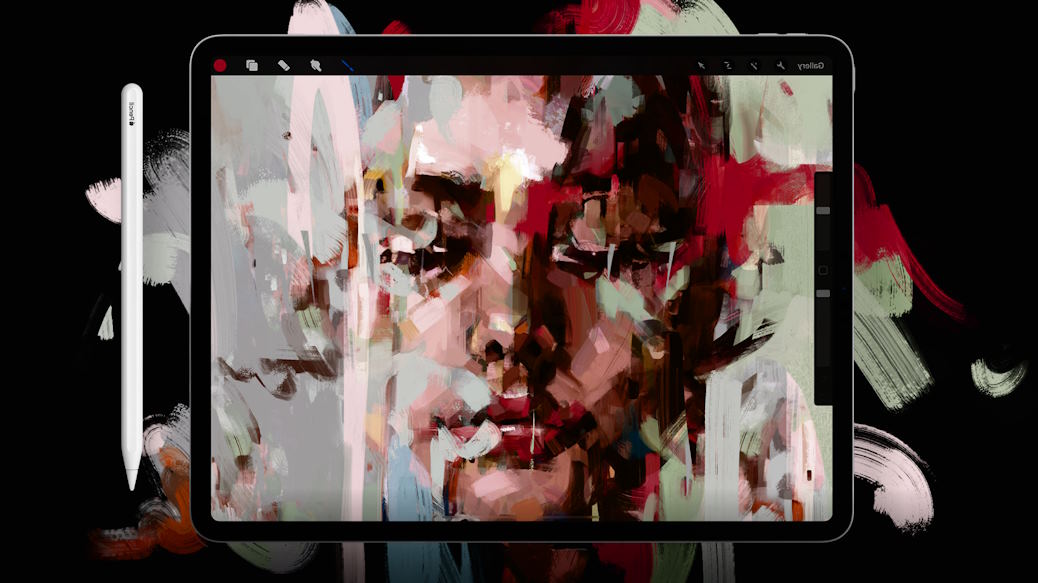Art and Design in the Digital Age: Challenges and Opportunities

In an era characterized by rapid technological advancements and the pervasive influence of digital innovation, the realm of art and design has undergone a profound transformation. The digital age has brought forth a unique set of challenges and opportunities, shaping the way artists and designers conceive, create, and interact with their work. As we navigate this ever-evolving landscape, it becomes increasingly crucial to explore the intricate relationship between art, design, and the digital realm.
Challenges in the Digital Age
The digital age has brought about a multitude of challenges for artists and designers, as they navigate the complexities of creating and sharing their work in a rapidly evolving landscape. One of the primary challenges lies in the preservation and archiving of digital artworks. Unlike traditional art forms that can be physically preserved, digital creations are inherently ephemeral. The ever-changing nature of technology poses a risk of obsolescence, making it essential to find ways to ensure the longevity and accessibility of these digital masterpieces. Preservation efforts must involve strategies that encompass regular backups, migration to updated formats, and establishing comprehensive digital archives to safeguard these creations for future generations.

Another significant challenge in the digital age revolves around copyright and intellectual property concerns. With the ease of digital reproduction and distribution, protecting digital artworks from plagiarism and unauthorized use has become increasingly difficult. Artists and designers must grapple with finding effective ways to safeguard their creations, whether through watermarking, digital rights management, or other innovative methods. Additionally, the digital realm introduces complexities regarding ownership and attribution. The decentralized nature of online platforms and the ease of remixing and repurposing content raise questions about who holds the rights to digital creations and how proper attribution can be ensured.
Moreover, the digital age has triggered a reevaluation and redefinition of art and design. The exploration of new mediums and technologies has expanded the possibilities for artistic expression and challenged traditional notions of aesthetics. Artists and designers now have access to tools and platforms that enable them to push boundaries and create immersive experiences. This shift in definitions and boundaries calls for a broader understanding and acceptance of diverse forms of art and design, blurring the lines between traditional and digital disciplines.
Opportunities in the Digital Age
While the digital age presents its fair share of challenges, it also opens up a world of exciting opportunities for artists and designers. As technology continues to advance, these opportunities have the potential to revolutionize the way we create and experience art and design.

One of the most significant opportunities offered by the digital age is increased accessibility and the democratization of art. Digital platforms and social media have become powerful tools for artists and designers to showcase their work to a global audience. The internet has removed geographical barriers, allowing artists to reach individuals who may have never had the opportunity to experience their creations otherwise. Emerging artists and designers, in particular, benefit from this democratization, as they can gain exposure and build a following without the need for traditional gatekeepers. This newfound accessibility has truly transformed the art and design landscape, fostering a more inclusive and diverse creative community.
Collaborative and interactive experiences are another exciting opportunity arising from the digital age. Virtual reality (VR) and augmented reality (AR) technologies have opened up new avenues for viewer engagement. Artists and designers can create immersive installations and exhibitions that transcend the boundaries of traditional mediums. These interactive experiences allow viewers to actively participate and engage with the artwork, blurring the lines between creator and observer. The digital age has become a playground for innovation, pushing the boundaries of what art and design can achieve.
Data-driven insights and personalization are yet another remarkable opportunity afforded by the digital age. Through data analytics, artists and designers can gain valuable insights into audience preferences and behaviors. This knowledge can be leveraged to create personalized and dynamic artworks and designs that resonate with individuals on a deeper level. By utilizing data, artists can tailor their creations to suit specific contexts or even create interactive artworks that respond in real-time to audience input. This level of personalization enhances the overall experience, fostering a stronger connection between the creator and the viewer.

